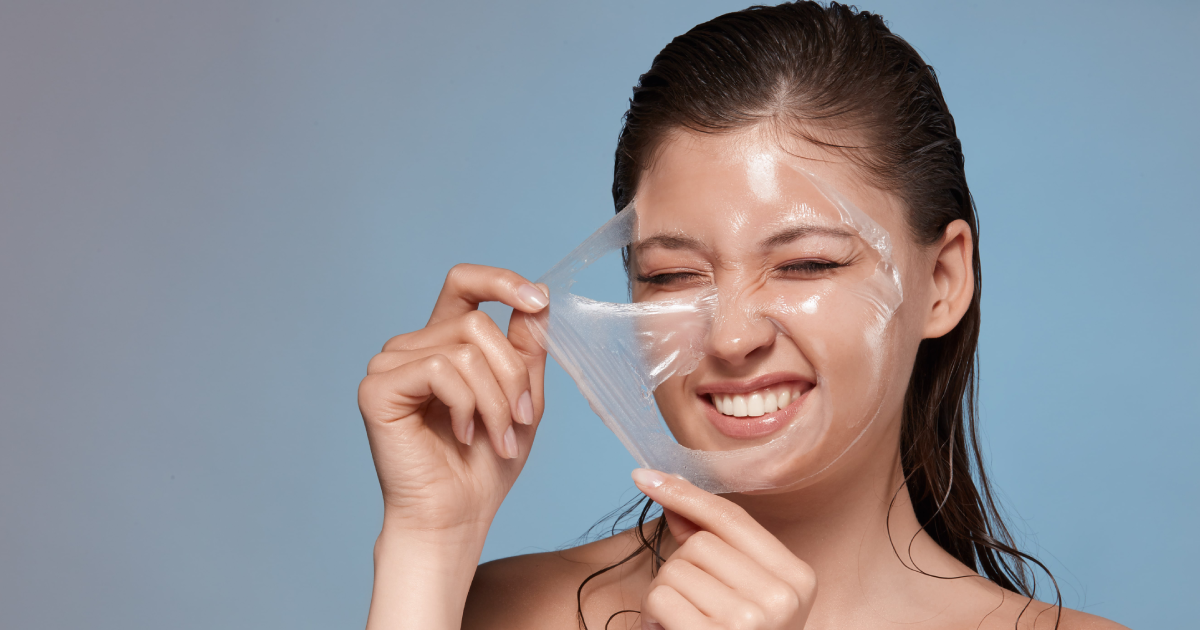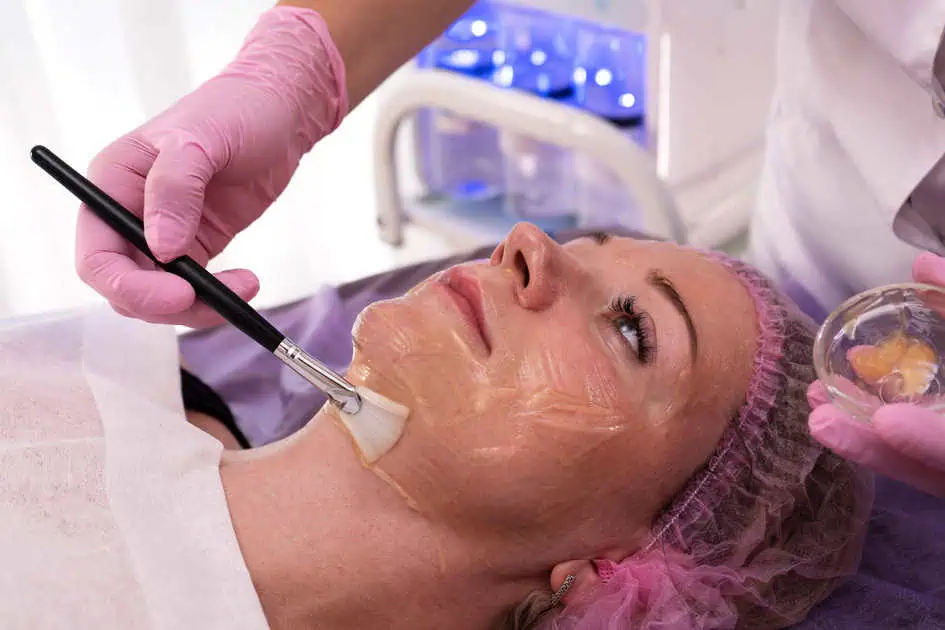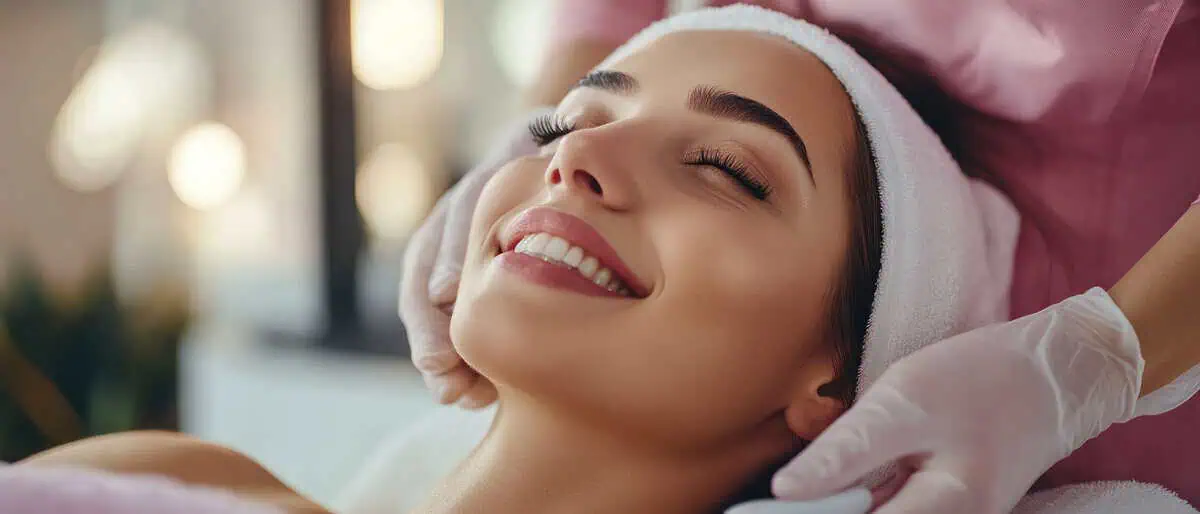Botox and Dysport are both approved as neuromodulators or neurotoxins. They are both made from botulinum toxin type A and are used to reduce fine lines and wrinkles. Both of the injectables that don’t require surgery are safe and work in the same way. Both are called neuromodulators, and they temporarily stop facial muscles from moving. This makes wrinkles less noticeable and smooths the skin.
Even though both are used for the same reasons and have similar chemical makeup, there are a few key differences between the two. Because these things are so different, it’s important for patients to choose the one that works the best for them.
In this post, we’ll compare Botox and Dysport to see how they’re alike and how they’re different. We’ll also tell you which neuromodulator may be best for your needs.
About Botox
Botox, like Dysport, is a type of neurotoxin that stops muscle contractions that are responsible for relaxing the muscles under your skin. It is a way to treat forehead lines, crow’s feet, and glabellar lines without making them worse (those vertical lines between your eyebrows).
Think about how much Botox will cost before you decide if it’s right for you. Your insurance won’t pay for injections that are just for looks. Most of the time, Botox effects last for four months. If you want Botox to last longer, you will have to get more injections.
The right amount of Botox to use for each treatment area is different. For example, if you want to treat your crow’s feet, you may need 24 units spread out over six injections. Glabellar lines might need 20 units, which would be five parts.
About Dysport
Like Botox, Dysport can be given at your doctor’s office, and the injections only take a few minutes. Like Botox, Dysport will need to be injected again if you want its effects to last.
Dysport has been given the approval to treat moderate or severe glabellar lines.
Dysport is usually given in doses of up to 50 units per treatment area, which are split into five parts and injected into the area of interest.
What’s the Difference Between Botox and Dysport?
At first glance, Botox and Dysport don’t seem to be that different. Both have Botulinum Type A, which is the active ingredient that can reduce the look of wrinkles. But there are some important differences that will make your provider recommend one over the other.
The most important difference is how the medications are dosed. Each Botox unit equates to three Dysport units. Your provider may need more product to fill one area than another, depending on where the injectable is. It’s easy to think that Dysport will be much more expensive than Botox, but this is not the case. The price per unit is typically one third the cost of Botox. Because there will be more units than with Botox, the price per treatment is about the same.
Dysport is also different in how its molecules move and behave. With just a few injections, it can spread faster and over a larger surface area because of how it is made. So, another difference is how your provider puts each injectable into your body. A provider with a lot of experience will use both for certain things:
- Botox can be used to smooth out lip lines, Crow’s feet, and other fine lines. It is very concentrated and moves slowly, which makes it perfect for these small spaces.
- Dysport works well on bigger areas, like the forehead and the 11 lines. It works quickly and spreads out evenly.
Regardless which is injected, you can use both of them safely for about the same price.
Procedure Differences
Both Dysport and Botox are used in the exact same way. Your journey with injectables starts with a meeting with your provider. The provider looks at your current health history, looks at your wrinkles, and comes up with a plan. Sometimes, both Dysport and Botox are used at the same time as part of this plan.
Botox and Dysport are procedures that don’t hurt you and can be done in less than 30 minutes in some cases. Patients often seek their injections during their lunch break. Injectables have a high success rate and a shorter recovery time than invasive procedures. The injectable used at the time would be the thing that would be most different about the procedure.
The injections are made with very small needles and may feel like a quick “poke”. After making sure everything is okay with your skin, you can leave and go about your day. Your provider will tell you a few simple things to do and not to do.
- If you don’t want the neuromodulator to spread to other parts of your face, don’t massage your face or the area where you got it.
- Stay away from exercise or hard work for at least 4 hours.
Over the next few days, your wrinkles and overall look will start to change.
Effectiveness Differences
Both injectables are very good at reducing the appearance of wrinkles. In a 2019 study, after only 30 days, 88 percent of patients were very happy with the results. Dysport and Botox results last 3 to 4 months before you need more treatments to keep the great results.
Over time, the neuromodulator will break down into simple proteins that the body will eliminate. From there, your muscles will start to move again, but you’ll have fewer wrinkles, which is a great time to set up your next appointment.






